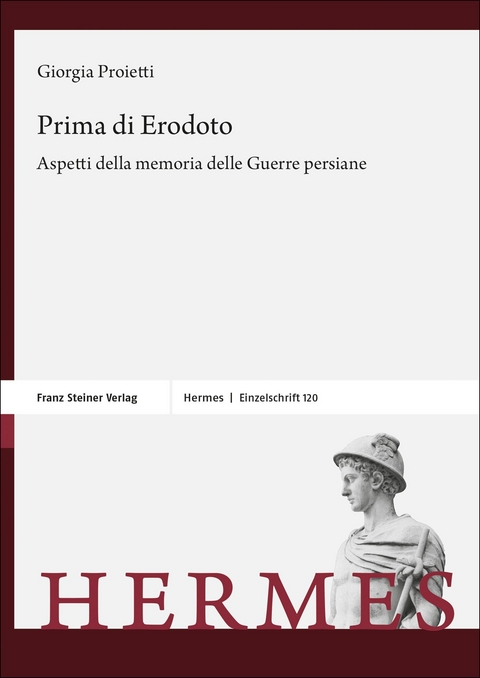Tuplin, Christopher. 2022. The intersection of gods and kings in Achaemenid Iran. In: Eleni Pachoumi (ed.), Conceptualising divine unions in the Greek and Near Eastern worlds, 45-73. Leiden & Boston: Brill.
From the introduction of the chapter:
I start with two premises. First, among conceptions of divinity those around royal divinity have a strong claim to interest. Second, there is no evidence that the Achaemenid king was categorized or worshipped as a god in the imperial heartland. The (rather few) Greek sources that directly suggested this were wrong. (The ones that spoke of an isotheos king or skated round the issue in other ways are, of course, another matter.) But our business here is with intersections between king and divinity other than simple identification of the king as a god or attribution of his success to the help of a god. Is Achaemenid royal exceptionalism due not just to divine favour but to an inherent divine quality? There has been a growing tendency to perceive mitigations of the king’s human status, even in the heartland. I have discussed these matters in an earlier essay (Tuplin 2017). Here I elaborate on some material that appears more briefly there. I do so in three sections: (1) A tale of two statues. (2) Royal rhetoric in the heartland religious environment. (3) Image, light and daimōn: royal divine aura in Greek texts.



